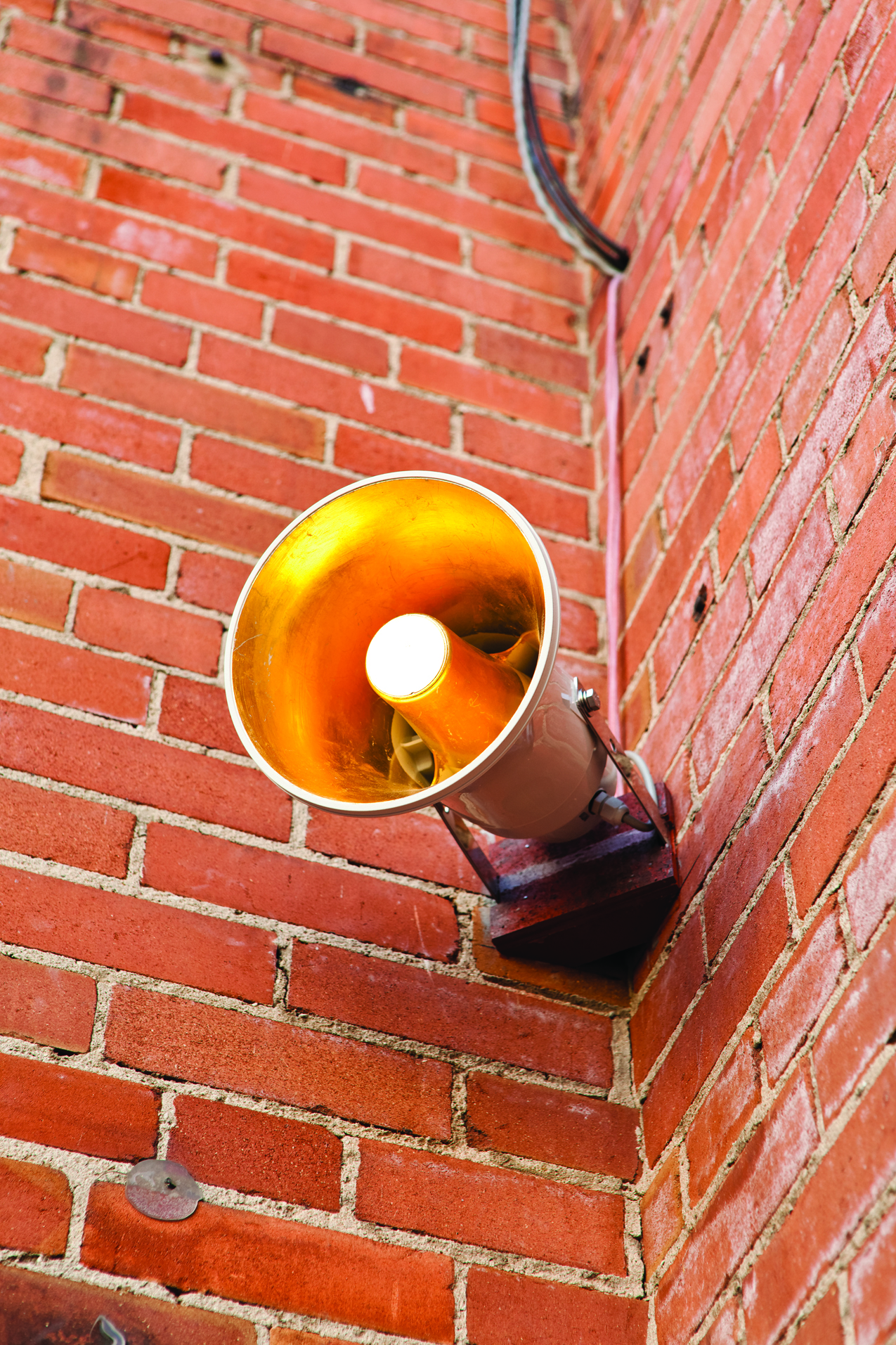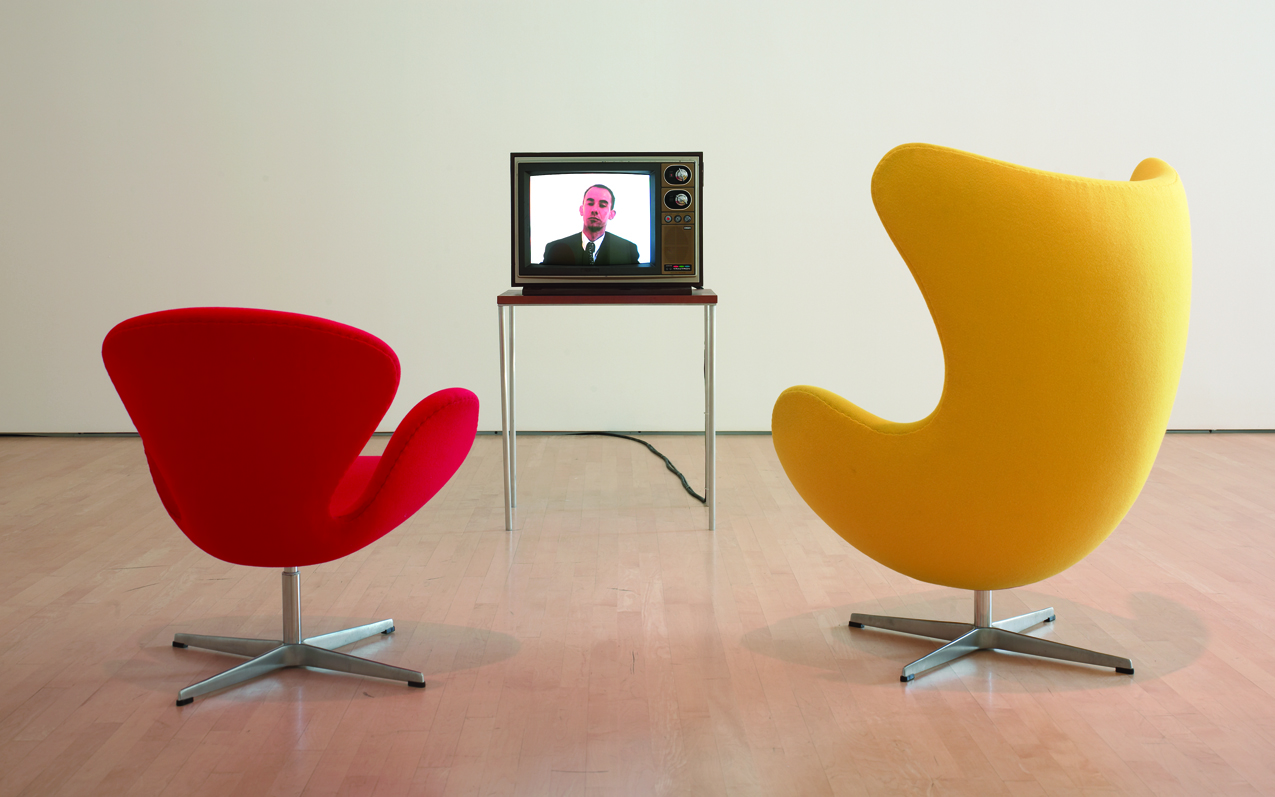Exhibition
Sounding Selves


Jana Sterbak, Declaration, 1993
Opening Reception Thursday 17 May at 8 pm
Opening night performance of Jani Ruscica's Variations on a theme - duet for greater horseshoe bat and beatboxer by Geordie Haley and Lukas Pearse.
Originally all sounds were originals. They occurred at one time in one place only. Sounds were indissolubly tied to the mechanisms that produced them. The human voice traveled only as far as one could shout. 1
R. Murray Schaefer coined the term "schizophonia" to refer to "the split between an original sound and its electroacoustical transmission or reproduction."2 The acoustic environment that we take for granted is radically different than that experienced by humans in past centuries. Writing in the 1970s, Schaefer was keenly aware of the ways that the development of technologies such as electroacoustical recording and broadcasting have affected our sonic reality such that we can hear sounds long after they were originally produced. These technological advancements have enabled sound to become a means of expression and materiality to be explored in contemporary art. As Jim Drobnick posits, "the increasing significance of the acoustic as simultaneously a site for analysis, a medium for aesthetic engagement, and a model for theorization" signals a "sonic turn" resulting in a "critical mass of sound-inflected art and theory."3
Sounding Selves investigates aspects of our aural experience of the world through works that emphasize the acts of listening, embodying and (re)producing sound. Comprising video-a visual and aural medium that contextualizes the circumstances of these various sonic encounters-as well as an audio installation and a performance piece, the exhibition explores the manner in which sound takes on social, cultural and political resonances that are foundational to communication, the formation of identity and the expression of self. Jani Ruscica's Batbox/Beatbox (2007) examines the way sound is used as a navagational tool in the natural and urban environment while his Variations on a theme - duet for greater horseshoe bat and beatboxer (2007) playfully transposes sounds which are beyond our range of hearing, paralleling the way, as Schaefer would put it, "man echoes the soundscape in speech and music ... cast[ing] back sounds heard in the acoustic environment."4 In Làk-kat (2004), Anri Salaforegrounds mimicry in language acquisition-both as a means of assuring communication and also in terms of perpetuating a system of categorization and way of relating to the world. The national anthems conjured in Antonia Hirsch's Tacet (Anthems of the Member Nations of the North American Free Trade Agreement: Canada, United States of America, Mexican United States) (2005) evoke the way that music functions as a shared cultural signifier or symbol that shapes us as subjects of a nation. Playing upon the way in which speech acts function as proclamations, Jana Sterbak's Declaration (1993) also examines the 'proper' repetition of speech and how one who varies in his or her speech is marked as different. The ethereal, gilded voice of Benny Nemerofsky Ramsay's The Return (2010 - ongoing) intervenes in the exhibition's acoustic space with an interpretation of an air-raid warning sung by Vienna Boys' Choir treble Beni Klocker. In concert, these works offer provocative encounters between the "sounding body" and the listener/receiver.
Endnotes
1. R. Murray Schaefer, The Tuning of the World (McClelland and Stewart, 1977) p. 90
2. Ibid.
3. Jim Drobnick, "Listening Awry," Aural Cultures (Toronto and Banff: YYZ Books and Walter Phillips Gallery Editions, 2004) p. 10
4. Schaefer, ibid. p. 40-41.




